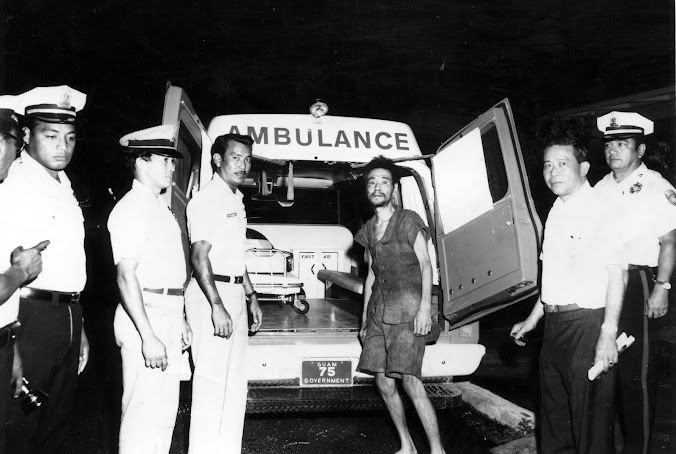Early History of the Marianas

I islå-ta siha giya Marianas i fine’nana entre todu i islas Pasifuku ni’ masagåyi. I manmofo’na na mangguelo-ta mantekngo’ put båtko yan i tasi ya maasusuma na manmanaliligao nuebu na lugåt ni’ para u ma sagåyi anai manmåtto mågi. Annai ma tutuhon i mangguelo-ta manmañaga guini, ma usa todu klåsen rikesa gI isla para u ma få’tinas i ramientan-ñiha para i gualo’ yan peska, yan lokkue’ ma få’tinas åtmas siha para u maprutehi i guinahan-ñiha. Guihi na tiempo, duru machalapon siha gi todu isla ya maestablisa songsong siha giya interu Marianas. Yanggen guaha ira komu påkyo pat tiempon fañomak’an guaha na ma dingu i lugåt-ñiha para otro na isla para nengkanno' yan liheng. Mit años tåtte guaha matulaika gi hagas payon-ta, i hinalom fama’åyan yan i acho’ latte. Uniku i gima’latte giya Marianas tiot guihi na tiempo annai guaha dångkolo na tinilaika yan hinanao taotao. I latte un simbilon i menhalom-ta. Komo i haligi para gima’ mangguelo-ta, ha repr...



